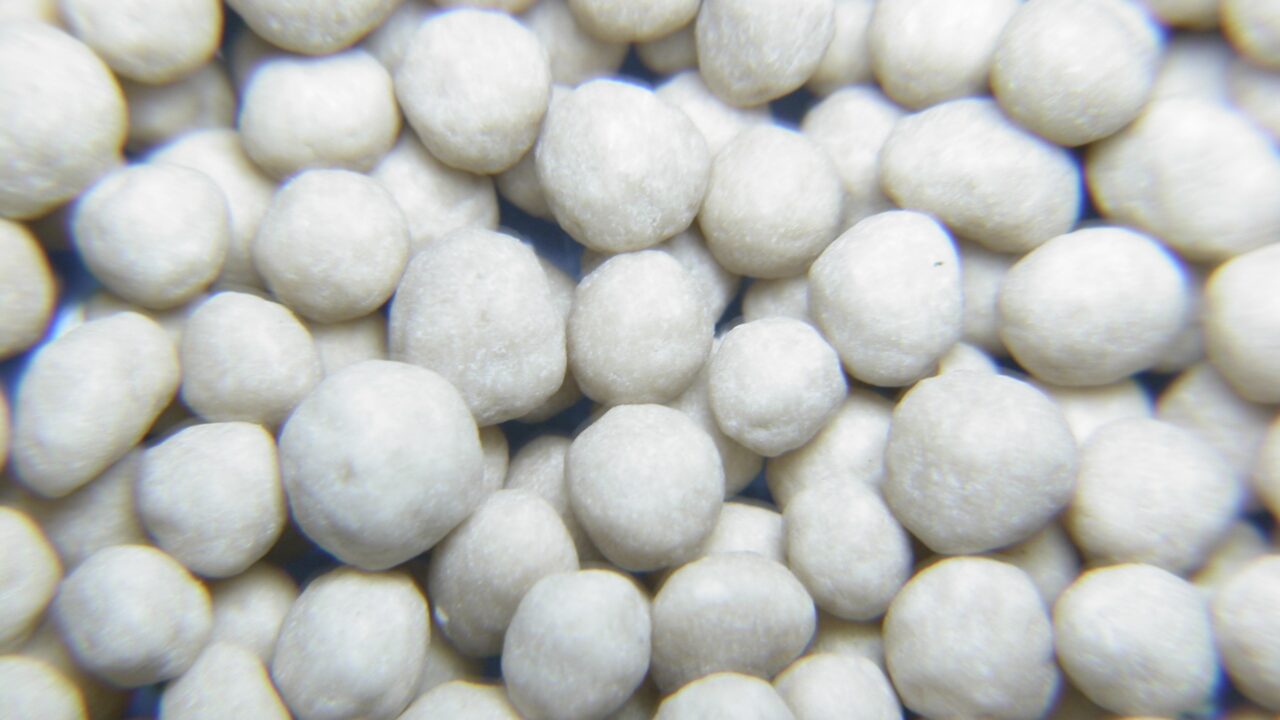Ditching calcium ammonium nitrate (CAN) in favour of stabilised urea – as outlined in ammonia recommendations earlier this year could potentially be even more damaging for the environment than the status quo.
One of the most senior agronomists in the UK and Ireland told AgriLand he felt he needed to raise the issue, even though his firm already had a stabilised urea product on the market.
The report ‘Making Ammonia Visible’ stated that the application of chemical fertiliser to land is responsible for 7% of agricultural ammonia emissions.
Philip Cosgrave, UK and Ireland country agronomist at Yara, warned that more research should be done before farmers are encouraged to spread grazing land with the additional chemicals used to stabilise ammonia.
He added that watching the ground’s pH levels and the weather when spreading fertiliser would do more to reduce ammonia emissions than ditching CAN.
The report
Recent research conducted on a cross-border basis by AFBI and Teagasc, and referenced in the report, has shown that use of a urea fertiliser with a urea inhibitor (‘stabilised’ or ‘treated’ urea) can significantly reduce ammonia emissions by up to 78.5% compared to straight urea fertiliser.
The report added that CAN, the predominant form of nitrogen (N) fertiliser used in Northern Ireland, is “also vulnerable to denitrification”.
It made the recommendation that straight urea should be banned in less than two years, and added that stabilised urea should be favoured over CAN by farmers.
‘Wasted money’
Cosgrave said: “When you’re in the field in the grass and you kneel down and there’s a damp spot on your knee when you get up – that’s fine to spread urea. Or if it’s frosty outside, there’s no problem going with urea. Basically, the rate of loss is extended if it doesn’t get melted [by moisture].
“The problem is that a light mist actually isn’t what you’re looking for; typically what you’re looking for is 4-5ml of rain within 12 hours [of spreading] – the sooner the better.
If you had two scenarios: One farmer who applied urea with an inhibitor, and the other who applied straight urea – and just after both of them applied it, they got a good shower of rain; the guy who spent the money on the inhibitor has basically wasted his money, because the rain has given the same effect.
“As the pH increases it’s more likely turn into ammonia, hence the rain helps – it melts the granule and, for lack of a better word, you dilute the effect.
“The rain helps the urea granule infiltrate the soil where the ammonia liberated during the conversion phase of urea can be trapped in the soil.
“If you applied the inhibitor on high covers, your hydrolysis actually starts on the leaf itself; that’s how you get high emissions – where a proportion of the granules don’t meet the soil surface.”
More lime
Cosgrave added that using urea rather than CAN would also have an effect on pH and as a result mean farmers would need to apply more lime to fields.
He said: “If you don’t have your soil at an optimum pH, then the plants are not using the nitrogen up and it gets converted to nitrate that way; so it’s important that when we apply nitrogen we don’t apply it when the soils are saturated.
“By making a switch, we are actually doing very little in regards to ammonia emissions – we are still going to increase them.
“You have a form of nitrogen that’s more unpredictable in nature in comparison to the product of choice at the moment; CAN and the NPKs.
Farmers are going to have use more lime; and if they’re not clued in they are going to actually reduce their nitrogen use efficiency, as their pHs are dropping more quickly.
“If they are on the ball, they will have to spread more lime to keep their optimum pH up – and that actually produces more carbon dioxide into the environment as well – and they’ve got the extra cost for that too.”

